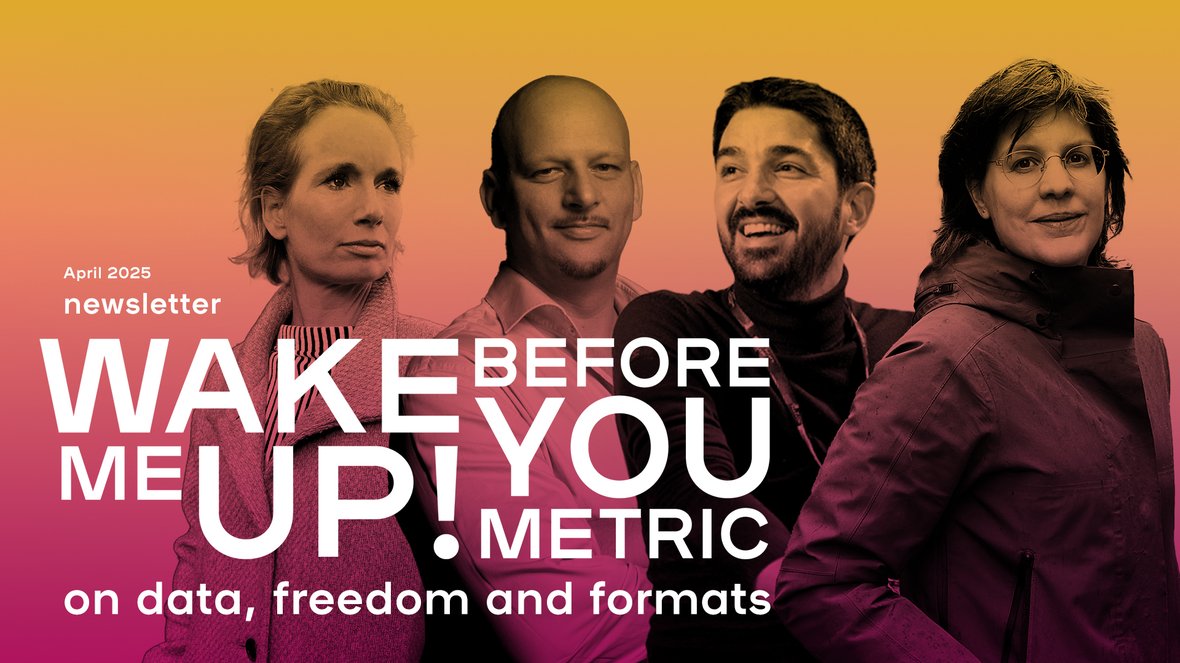Some journalists are capable of elevating their work to an art form. But more often than not, artistic freedom takes a back seat. There is a message to convey, a story that needs to be told and that makes journalism more of a craft than an art.
Still, even in a world where purpose and clarity rightly come first, I sometimes feel a certain resistance. When storytelling is steered too rigidly by performance metrics, and we are nudged into formats simply because they happen to ‘work’, something gets lost. A striking example: Norway’s Bergens Tidende has just received a WAN-IFRA award for its use of vertical video to reach a younger audience. Looks nice, I thought, but is the only hope of reaching the younger generation if it looks like a TikTok?
At the International Journalism Festival in Perugia, our CEO Erik van Heeswijk took part in a panel that posed a difficult question: does an obsession with metrics risk undermining impactful journalism? It sparked an interesting conversation (available to watch here), from which I took the following insight:
Data can only support newsrooms if journalists understand how to use metrics to strengthen, not compromise, their work. And especially when it comes to formats, let’s not be afraid to stay creative and sometimes take the road less travelled.
Speaking the language of digital and data
The first person in a newsroom who must grasp the delicate balance between data and impact is the editor-in-chief.
In our ongoing series exploring newsroom roles in relation to data analysis, we’ve already covered the engagement manager and the data analyst. Now it’s time for the editor-in-chief. Naturally, this must be a seasoned journalist with a strong track record in reporting or editorial work. But more importantly, they need a clear vision for how the publication can survive – or better yet, flourish – within the ecosystem of technology, data and social media, and thus in the fierce battle for audience attention.
A strong editor-in-chief knows how to use data tools to shape a strategic vision, how to organise that vision with the right people and resources, and how to ensure the audience receives the value it deserves.
- Using data tools to shape strategic vision
- How to organise that vision with the right people and resources
- Ensuring the audience gets the value it deserves
Learn how editors-in-chief can transform newsrooms and which channels and tools they can use in the blog.

